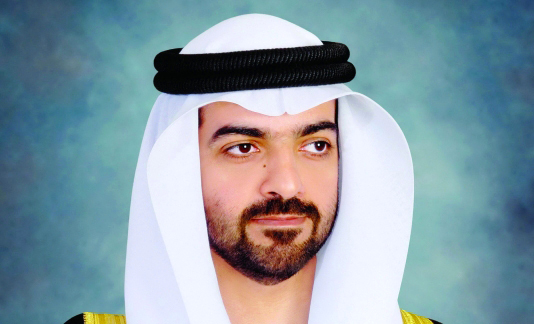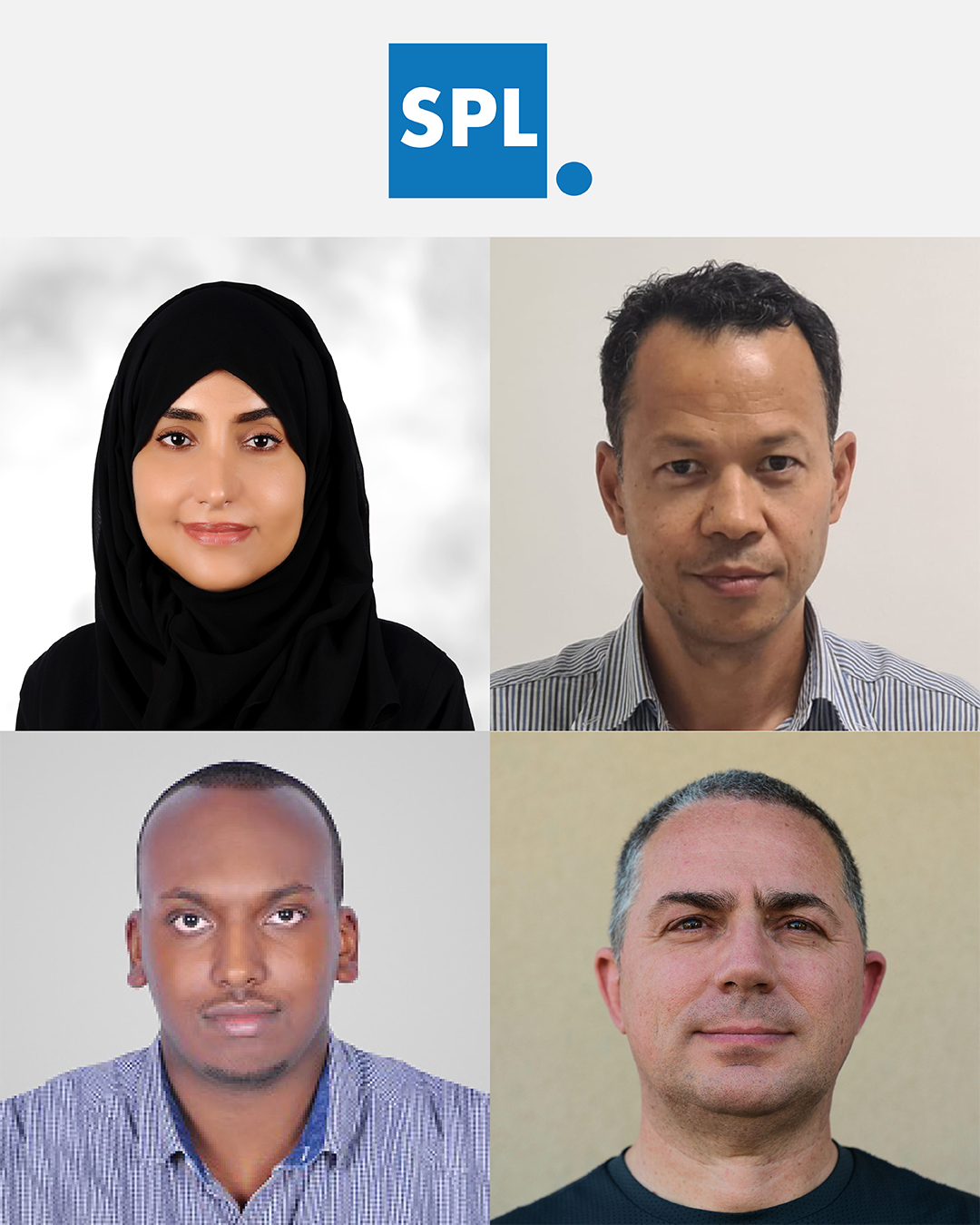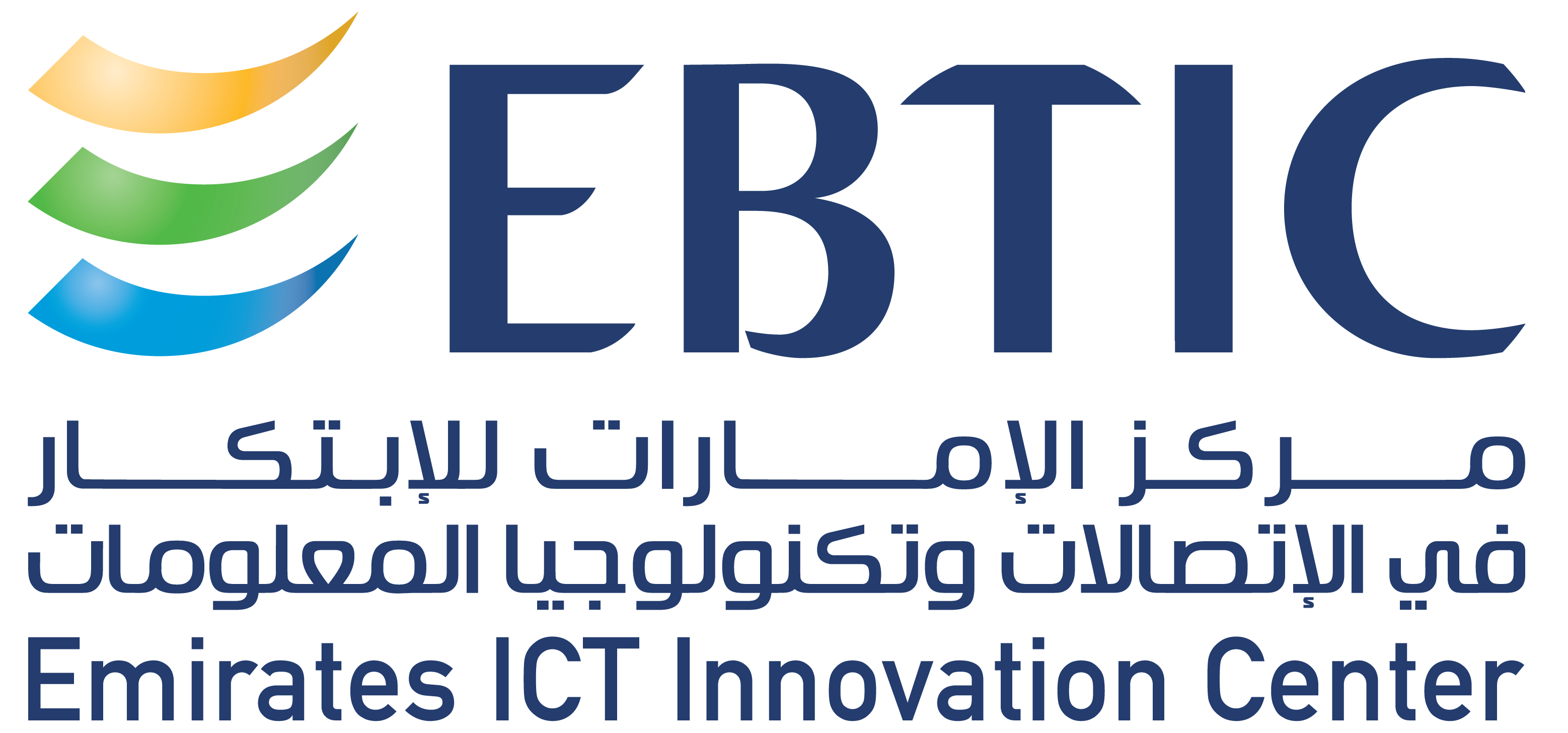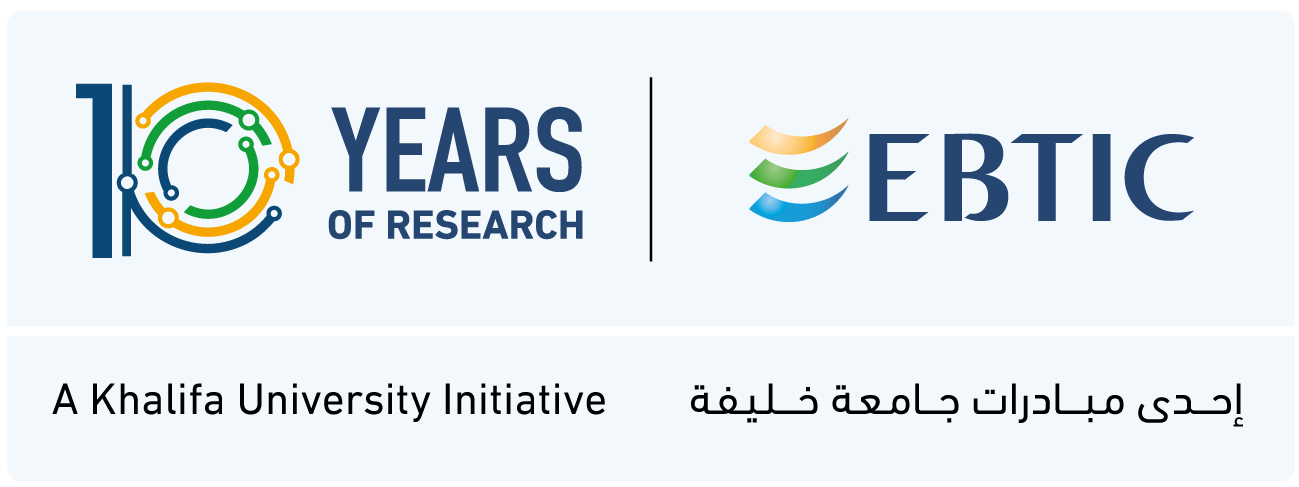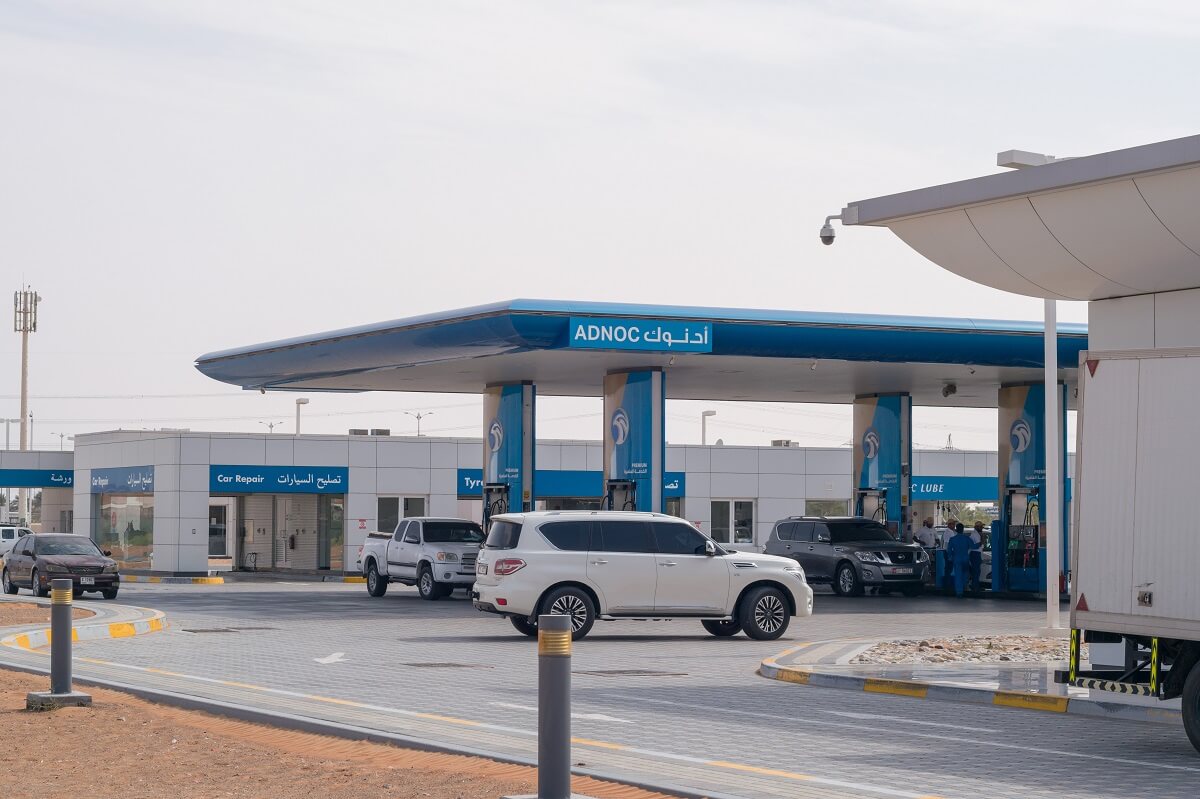
EBTIC is developing a smart surveillance system to help streamline operations at petrol stations
Each of the over 3 million registered vehicles in the UAE needs petrol and with only 170 ADNOC petrol stations distributed among Abu Dhabi city, Al Ain, the Western Region, and the northern emirates, it’s no wonder residents of the UAE are often left waiting to fill up.
To combat this, the Abu Dhabi National Oil Company (ADNOC) enlisted the help of telecoms company, Etisalat, to provide data analytics and forecasting tools. The Emirates ICT Innovation Center, known as EBTIC, established by Etisalat, British Telecom (BT) and Khalifa University, stepped up, with Dr. Siddhartha Shakya, Chief Researcher, Himadri Sikhar Khargharia, Researcher and Sara AlShizawi, Research Associate, designing an artificial intelligence (AI) system to increase operational efficiency at the pump.
“EBTIC works on a number of Etisalat projects every year and this project came about on my very first day in the job,” said Nathan Eden, Head of Innovation at EBTIC. “Etisalat were bidding for a service contract with ADNOC to run their service stations in lots of different ways, including providing a wireless network to them, but their main goal was to turn the images captured by their CCTV systems into useful data. At the time we met them, they had one service station using these cameras, but they were planning on implementing them across all stations in the UAE. They were looking to make predictions about usage: how long do users spend at petrol pumps or in the shop; how busy does the station get at a particular time; etc.
“Because it’s in the AI space, and AI at the time within Etisalat was quite a fresh new area, this gave EBTIC the opportunity to really shine. We iteratively produced prototypes taking in the data and applying some analytics. Etisalat then presented this to ADNOC and based on the customer feedback, was able to provide further beneficial features. As a result of this work, EBTIC did earn an excellent reputation within this area of Etisalat and the prototype is still running today in their IoT Operations Centre in Dubai. We’re working on phase three now, developing its capabilities and moving into the prediction stage to try and provide the mechanism to make business intelligent decisions.”
The petrol stations already had Internet of Things (IoT) infrastructure in place, in the form of CCTV cameras and sensors to capture the data required. The goal for this project was to build a demand prediction model for a service station where this IoT infrastructure is incorporated into a prediction framework together with an analytical dashboard to provide additional insight to the large volume of data being collected at the station.
The researchers built several prediction models and documented the results achieved by calculating the mean absolute percentage error (MAPE) of the prediction produced by each model.
“The system is up and running and the data is continuously coming in,” said Dr. Shakya. “Each station has various areas: the parking bays, the shop, the petrol islands, the car wash and oil change bays. These bays are numbered and each has a sensor to record when a vehicle comes in and when it leaves. There are also the CCTV cameras which read the number plates so we can see which Emirate the vehicle came from, for example. We get all this data in a huge table of numbers once per day which we then feed into our algorithms to understand what the data is showing us as to service station usage.”


The algorithms tested were the auto regressive integrated moving average model, K-nearest neighbors regression, support vector regression (SVR), elastic net regularization, and the development of a neural network. The researchers found that the neural network they developed had the highest accuracy with the lowest MAPE across the stations, making it the optimum model for their forecasting system.
This data is then analyzed according to the measures originally agreed with Etisalat and ADNOC. The researchers are interested in the number of unique visitors, their origin points (determined from their number plates), the time of day, petrol pump analytics, car wash frequency, and many more items. The dashboards and visual representations were designed in-house by EBTIC and show useful interpretations such as which station has the fastest average filling time, which station changes oil the fastest, and the average time spent at a pump or in a parking bay, for example.
All these insights are now being used to make better business decision for better customer service.
“This model has been incorporated in a prediction framework, together with analytical dashboards to provide additional insights from the large amount of data collected from the IoT infrastructure,” said Dr. Shakya.
“We started with analytics, taking the data and seeing if we could find any insights using our in-house developed interface and dashboards,” said Nathan.
“Now, with all the historical data, we’re looking into forecasting: for example, how many vehicles can we expect at a particular station between 10am and 12pm on a Thursday. Where we’d like to go is to begin making recommendations from the predictions. We want to be optimizing operations—if there’s more demand predicted in one station than in another but both stations have the same number of staff scheduled, we can then recommend staffing levels drop in the quieter station for that time period to provide more staff at the busier station.”
The neural network uses machine learning to continually improve on its accuracy rate. It is retrained every morning based on the new data arriving from the previous day.

“This model uses data from 58 stations across the UAE, each station with multiple bays,” explained Dr. Shakya. “Of these bays, we’re mostly interested in petrol and parking, so in building our neural network, there are 100 models we have to train every day.”
“Every organization has to manage their resources and most of them are doing so without a full visibility of future demand,” added Dr. Shakya. “Our model can put real business intelligence behind this resource management and help optimize resources across all ADNOC forecourts.”
This project has had significant impact across many domains, including the provision of further projects building on this model, and leading to Sara Sharif’s success in her career at Etisalat post-graduation. Sharif worked on the project as a master’s student at Khalifa University and took the prize for Best AI/ML Solution from the Etisalat AI Symposium 2019.
“This work has created other opportunities in this area such as fleet management analytics, energy prediction in buildings, equipment failure predictions in buildings, lots of new projects that we’re working on for Etisalat,” said Nathan. “Whatever the use case is, we can provide a solution.”
Jade Sterling
News and Features Writer
19 November 2019


